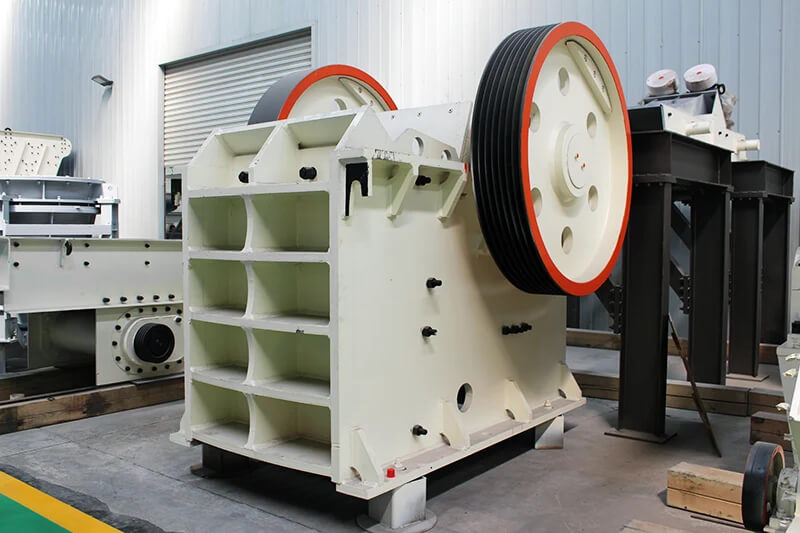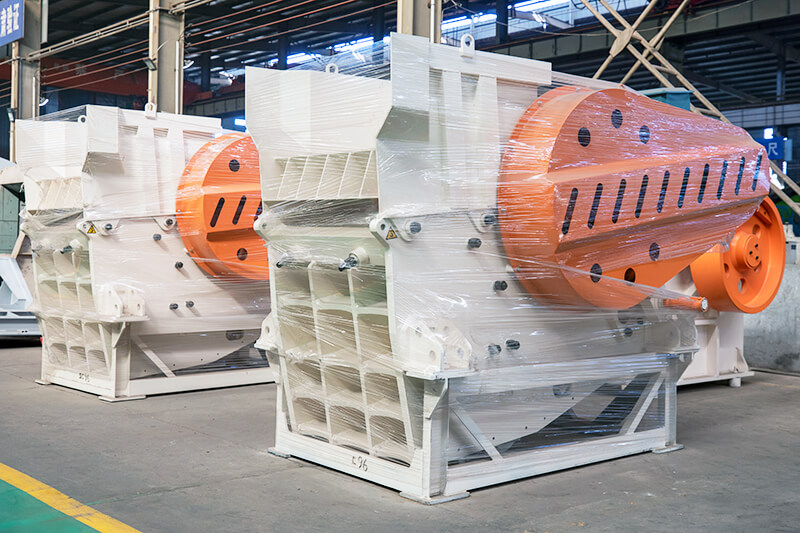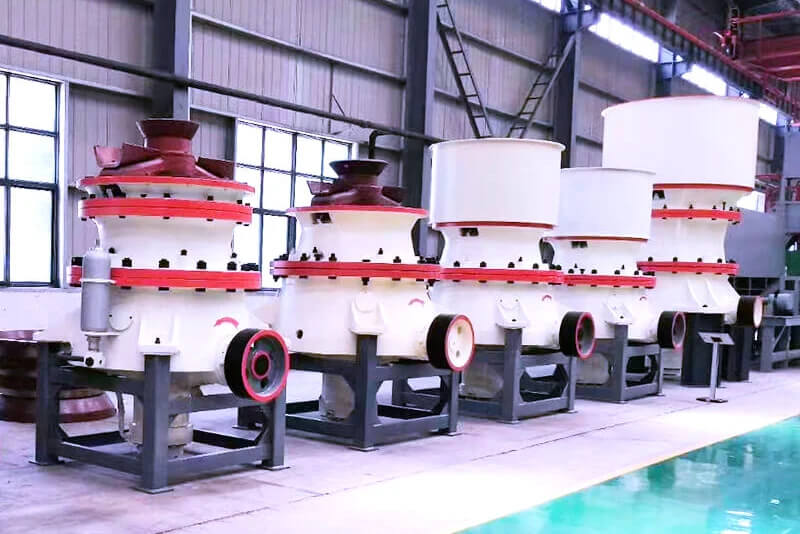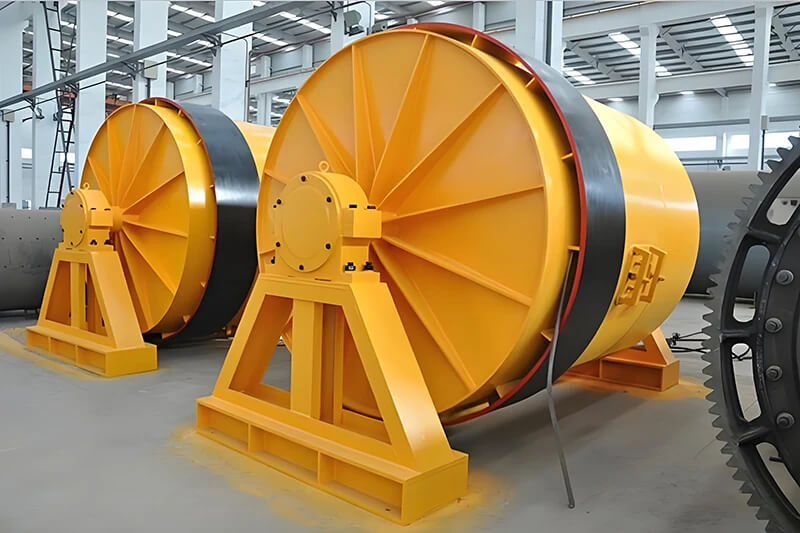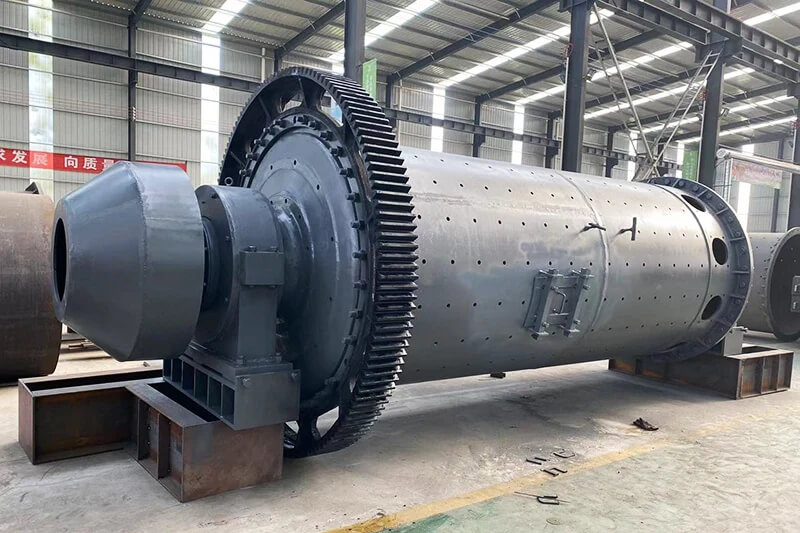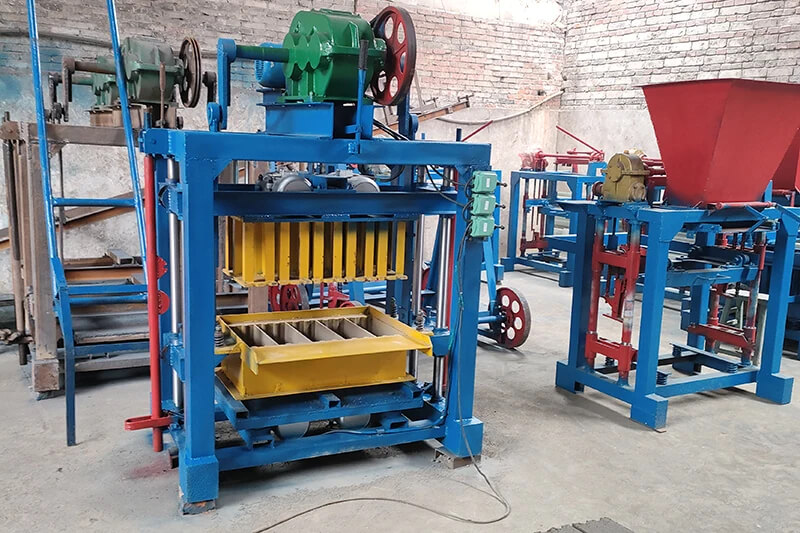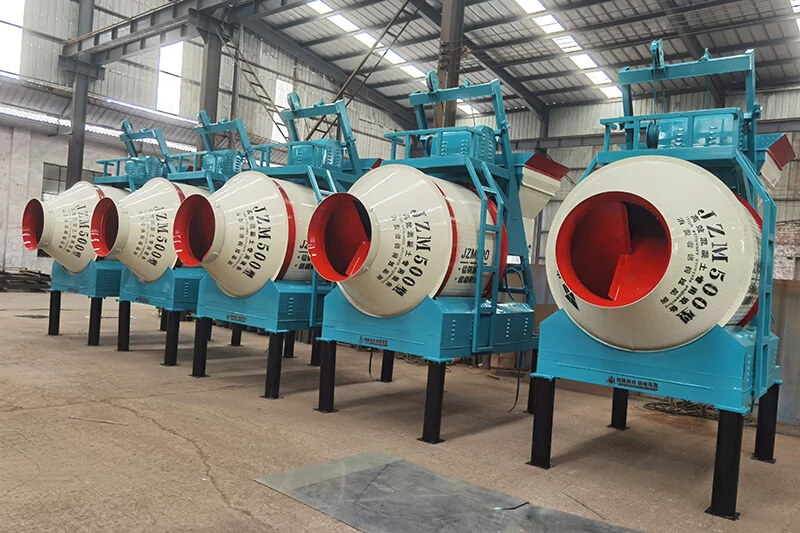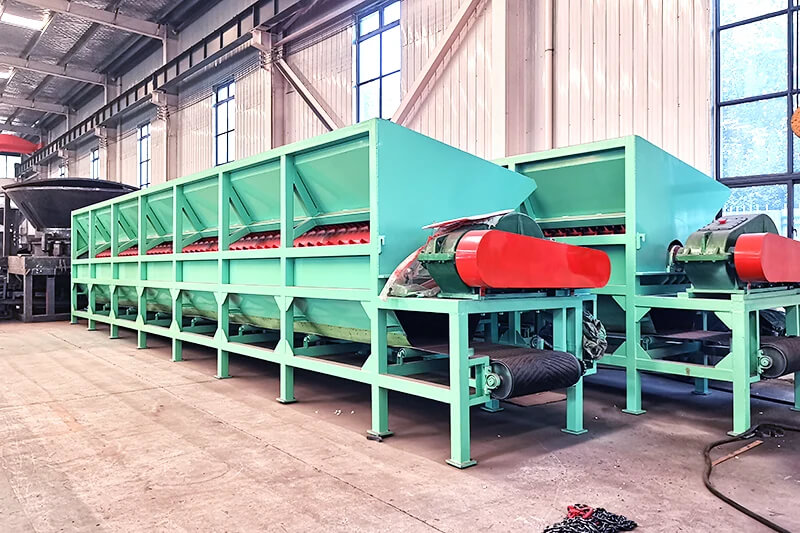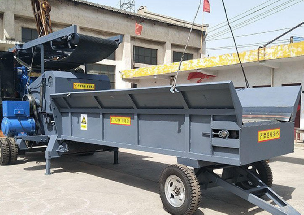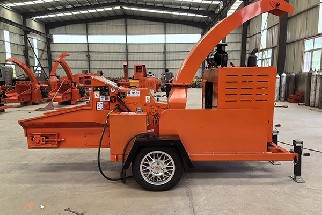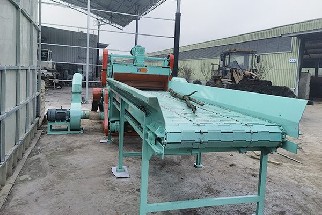Welcome to the Garden Wood Chipper! This guide will teach you how to safely and efficiently use this machine to transform pruned branches, tree trunks, and other garden waste into valuable resources, helping you achieve garden waste recycling.
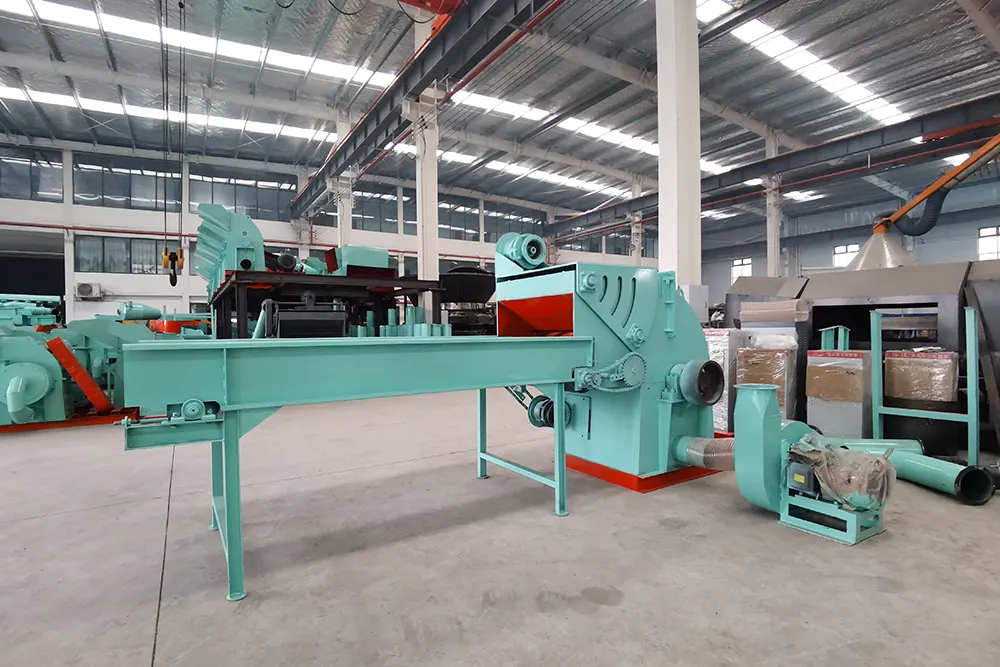
I. Machine Introduction: Your Garden "Big Eater"
A garden wood chipper is a device designed specifically for processing organic matter in gardens. It can quickly shred branches, shrubs, leaves, and other items ranging in diameter from a few centimeters to over ten centimeters into debris or wood chips. Its core benefits lie in:
Volume and Volume Reduction: It reduces the volume of piles of garden waste by 70%-90%, significantly alleviating the burden of removal.
Waste to Treasure: The output is high-quality organic mulch or compost material.
Eco-Friendly: It avoids incineration pollution and promotes recycling within the garden.
Main Components:
Feed Inlet: The entrance for feeding wood, usually with a safety feature.
Discharge Outlet: The outlet for shredded wood chips, which can be connected to a collection bag or directly sprayed.
Power Source: Available in gasoline engines (powerful and easy to move) and electric motors (quiet and easy to maintain).
Cutter System: The core shredding component consists of high-hardness steel blades.
Safety Devices: These include an emergency stop button and a feed damper.
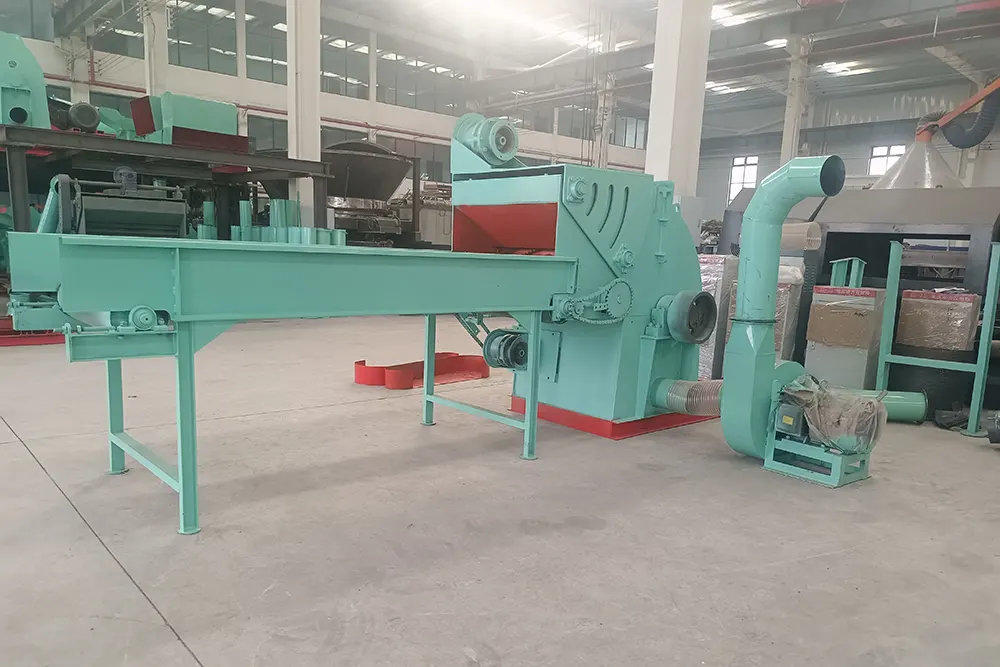
II. Operation Procedure: Four Steps from Branches to Wood Chips
Step 1: Pre-Operation Preparation
Personal Protection: Always wear safety goggles, cut-resistant gloves, noise-blocking earplugs, tight-fitting work clothes, and safety shoes. Safety always comes first!
Machine Inspection:
(Gasoline Engine) Check the fuel and oil levels.
(Electric Motor) Check the power cord and outlet.
Check that the cutters are in good condition and tightened, and that no screws are loose.
Ensure that the feed and discharge ports are unobstructed.
Material Preparation: Sort the branches to be shredded, removing foreign matter such as stones, metal, and plastic. Cut off any overlong branches to facilitate feeding.
Step 2: Safe Startup
Place the machine in a flat, stable, and well-ventilated open area.
Ensure the discharge port is clear and safe.
Start the machine according to the instructions (for example, by starting the engine or pressing the motor start button).
Let the machine idle for 30 seconds to 1 minute to ensure smooth operation and no unusual noises.
Step 3: Feed Evenly
Proceed gradually: Feed branches of moderate diameter first. Once the machine is running smoothly, move on to larger branches.
Maintain a steady flow: Use the end of the branch to gently push it into the feed port, allowing the machine to "feed" it in. Do not force it manually.
Avoid Overloading: Do not feed too many branches at once to prevent jamming. If the machine becomes noisy, it is overloaded. Pause feeding and allow it to recover.
Handling Leaves/Twigs: Mix with other branches. Avoid feeding light and soft materials alone to prevent clogging.
Step 4: Shutdown and Cleaning
Emptying the Machine: After stopping the feed, allow the machine to idle for one minute to ensure that all material inside is crushed and discharged.
Power Shutdown: Follow the manual to safely shut down the machine (turn off the engine or disconnect the power).
Product Collection: Place a collection bag or cart under the discharge port for easy collection of sawdust.
Cleaning and Inspection: Clean any remaining sawdust inside and outside the machine, inspect the blades for wear, and prepare for the next use.
III. Product Application: Returning Sawdust to the Garden
Crushed sawdust is a valuable resource; never discard it carelessly. Here are some effective ways to use it:
[Preferred] Organic Mulch:
Benefits: Mulching the soil surface of flower beds and tree pits can retain moisture, suppress weeds, prevent erosion, regulate soil temperature, and, after decay, provide fertility.
Instructions: Lay a 5-10 cm thick layer of sawdust around the base of your plants, avoiding the root system.
[Eco-Friendly] Composting Materials:
Benefits: Wood chips are an excellent "brown" (carbon) material and can be composted with "green" (nitrogen) materials such as grass clippings and kitchen waste to create high-quality organic fertilizer.
Method: Mix wood chips with green materials in a ratio of approximately 3:1. Turn the compost regularly, and the compost will be fully composted in a few months.
[Practical] Park Path Paving:
Using larger wood chips for paving walking paths in the garden creates an aesthetically pleasing, dust-resistant, and natural aesthetic.
[Donation/Sale]:
If you have a large production volume, you can contact local farms (for bedding), mushroom growers, or biomass fuel plants.
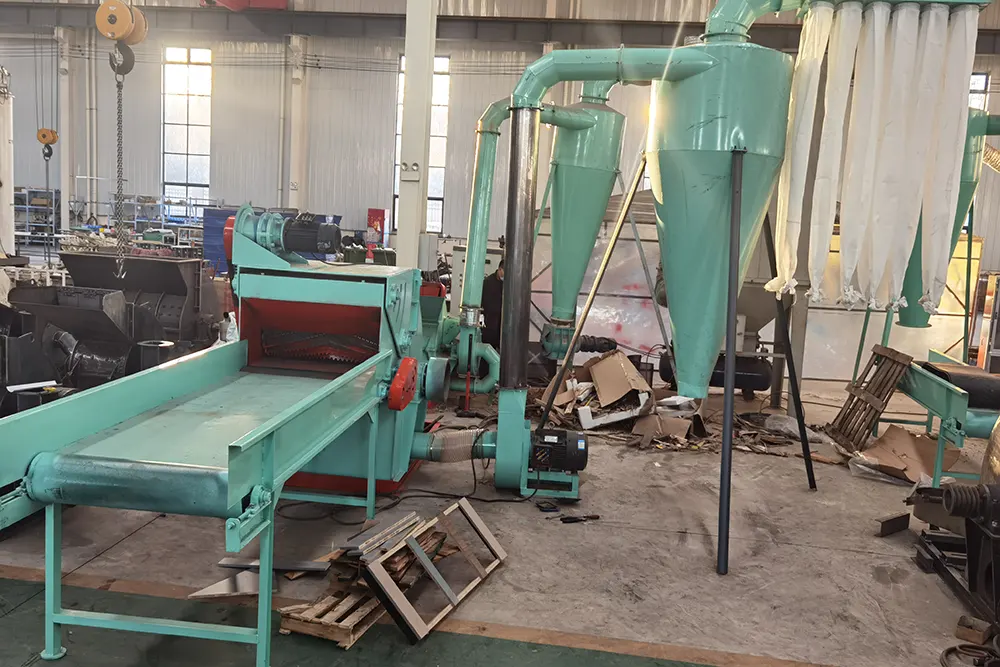
IV. Safety Warnings (Important!)
Absolutely Prohibited: Never place your hands or any tools into the feed port while it is running!
Beware of Foreign Objects: Resistantly crush wood that contains metal objects such as nails and wire. This can severely damage the tool and cause dangerous ejection.
Dress Code: Avoid loose clothing. Long hair should be tied up to prevent it from being caught in the machine.
Keep Children and Pets Away: Ensure the work area is clear of children and pets during operation.
Stop Immediately If Abnormal: Immediately stop and inspect the machine if any unusual vibration, noise, or smoke is detected.
V. Daily Maintenance and Storage
Knife Maintenance: Regularly check the blade for sharpness. If blunt, sharpen or replace it promptly to ensure efficient and effective shredding.
Cleaning: Clean thoroughly after each use to prevent wood chips from absorbing moisture and corroding the machine.
Storage: Store in a dry, cool indoor environment. If using a gasoline engine, drain the fuel before extended periods of use.
Summary:
A garden wood chipper is a valuable aid for efficient and ecological garden management. By following these guidelines and maintaining safe operation, you can easily transform annoying garden waste into soil-nourishing gold, adding a touch of sustainable color to your garden.


